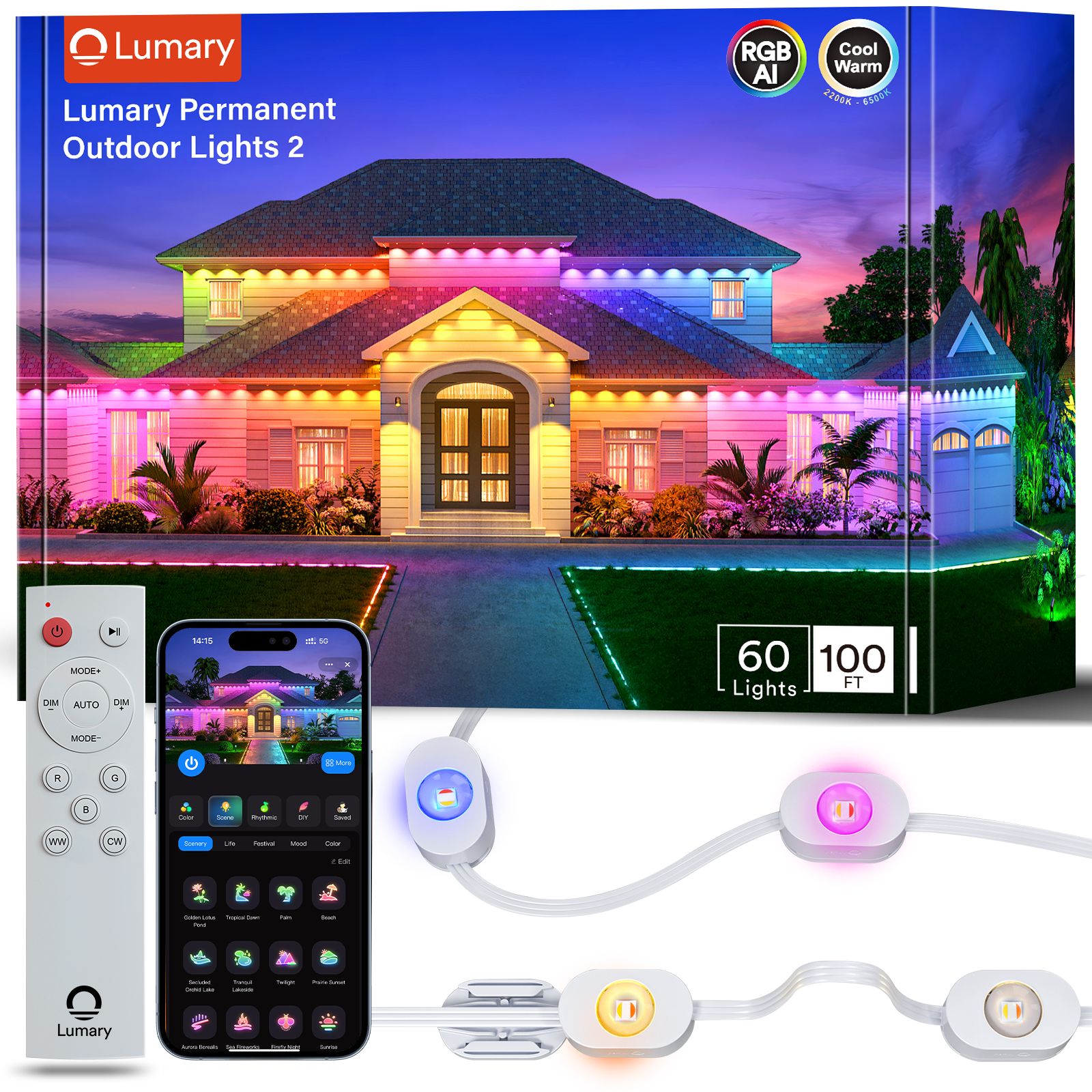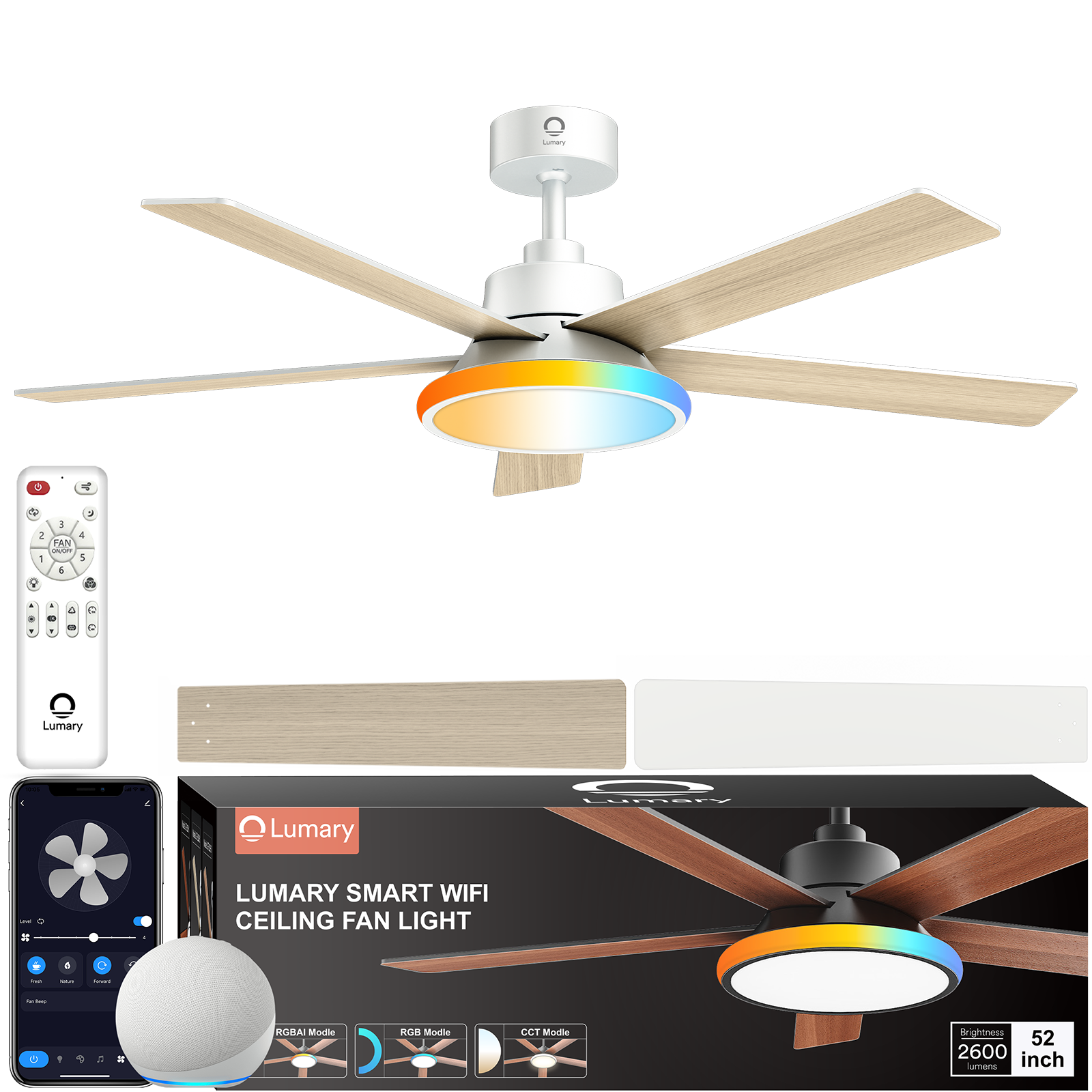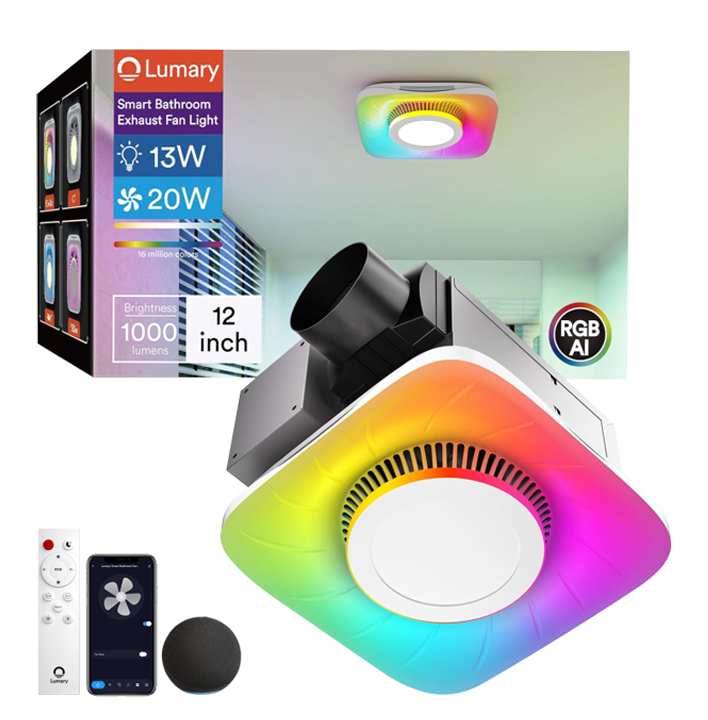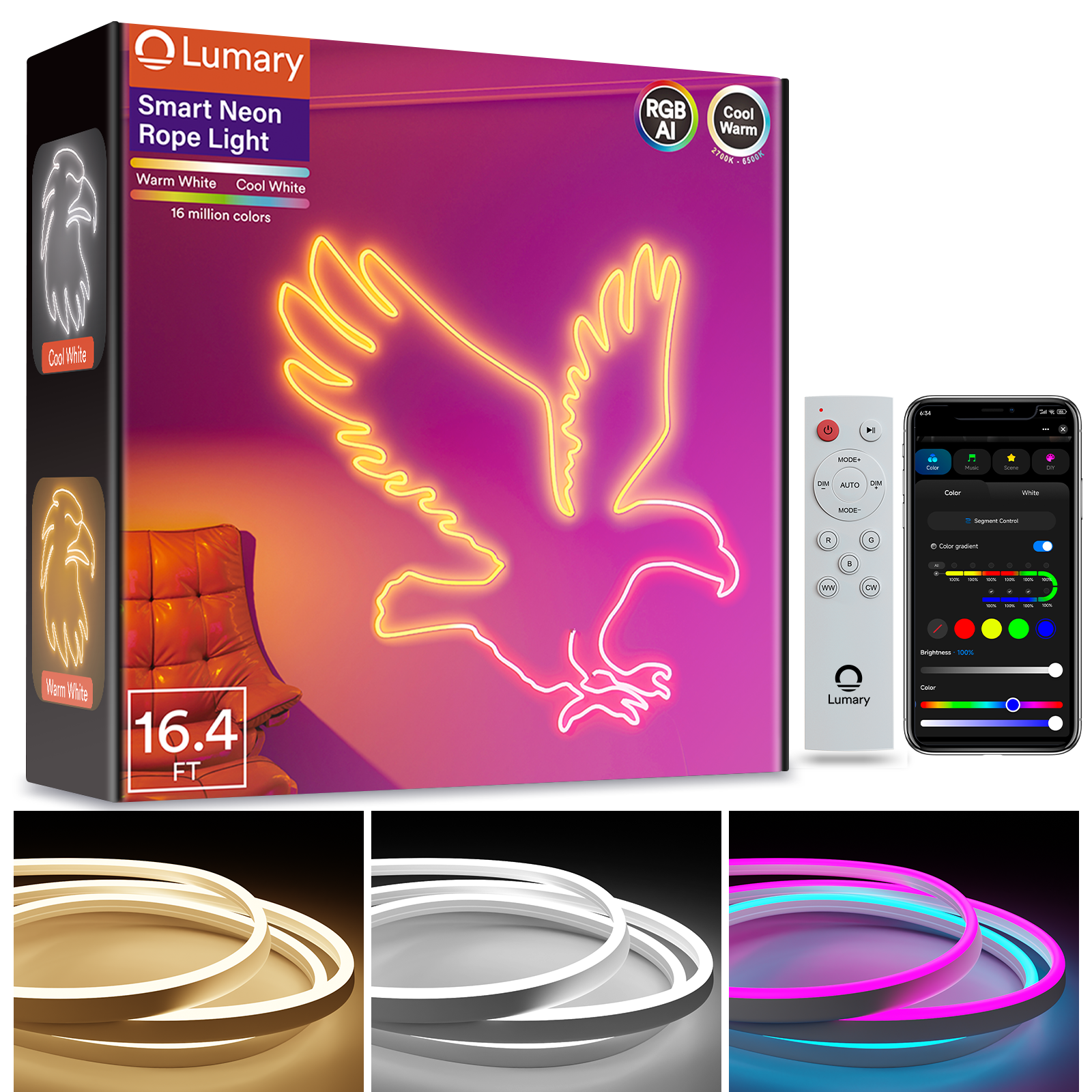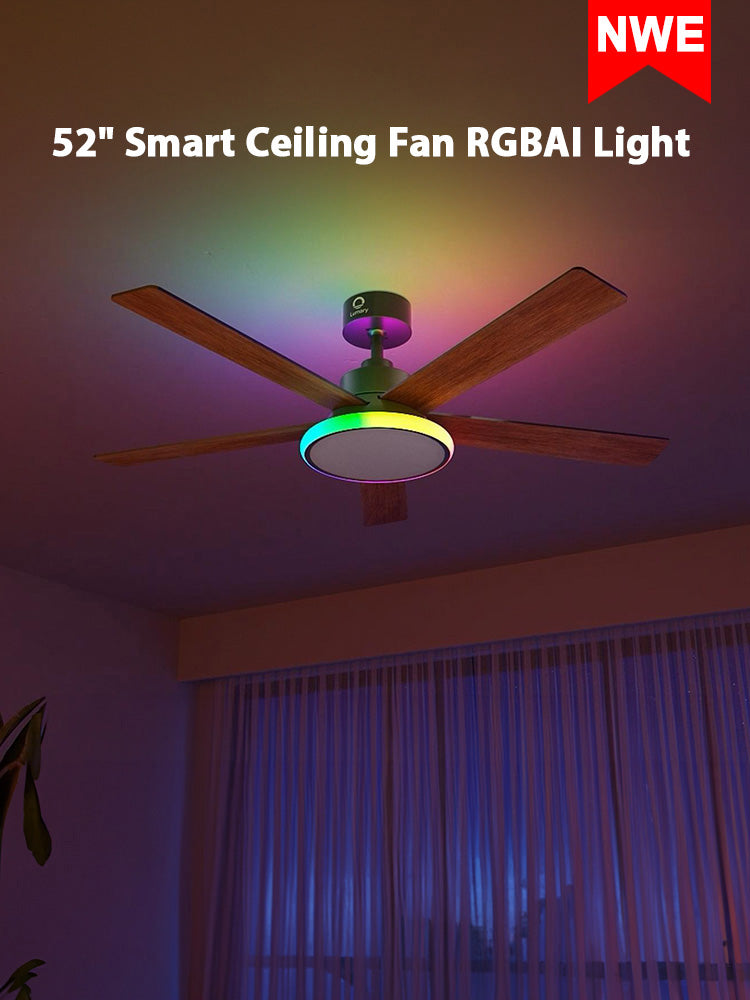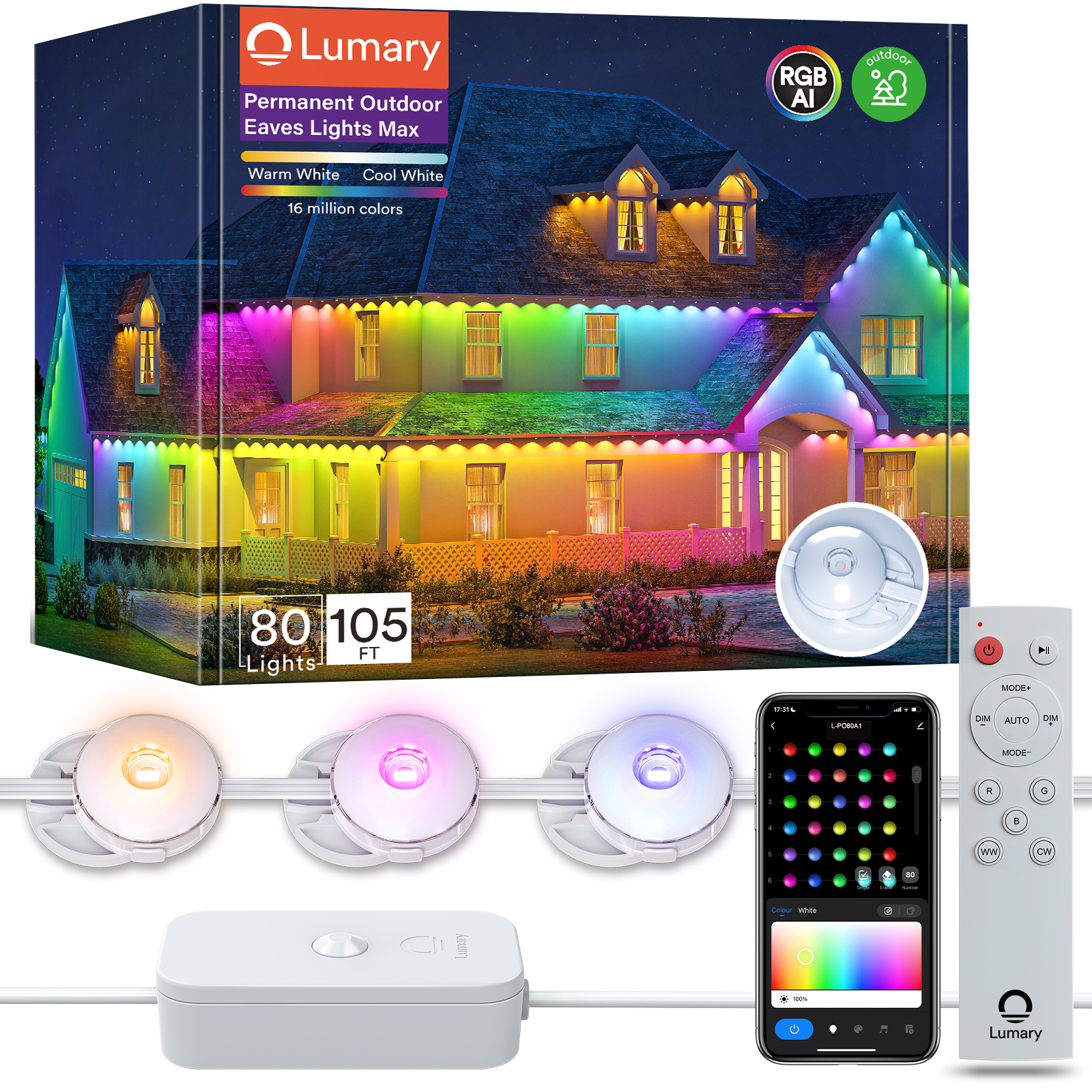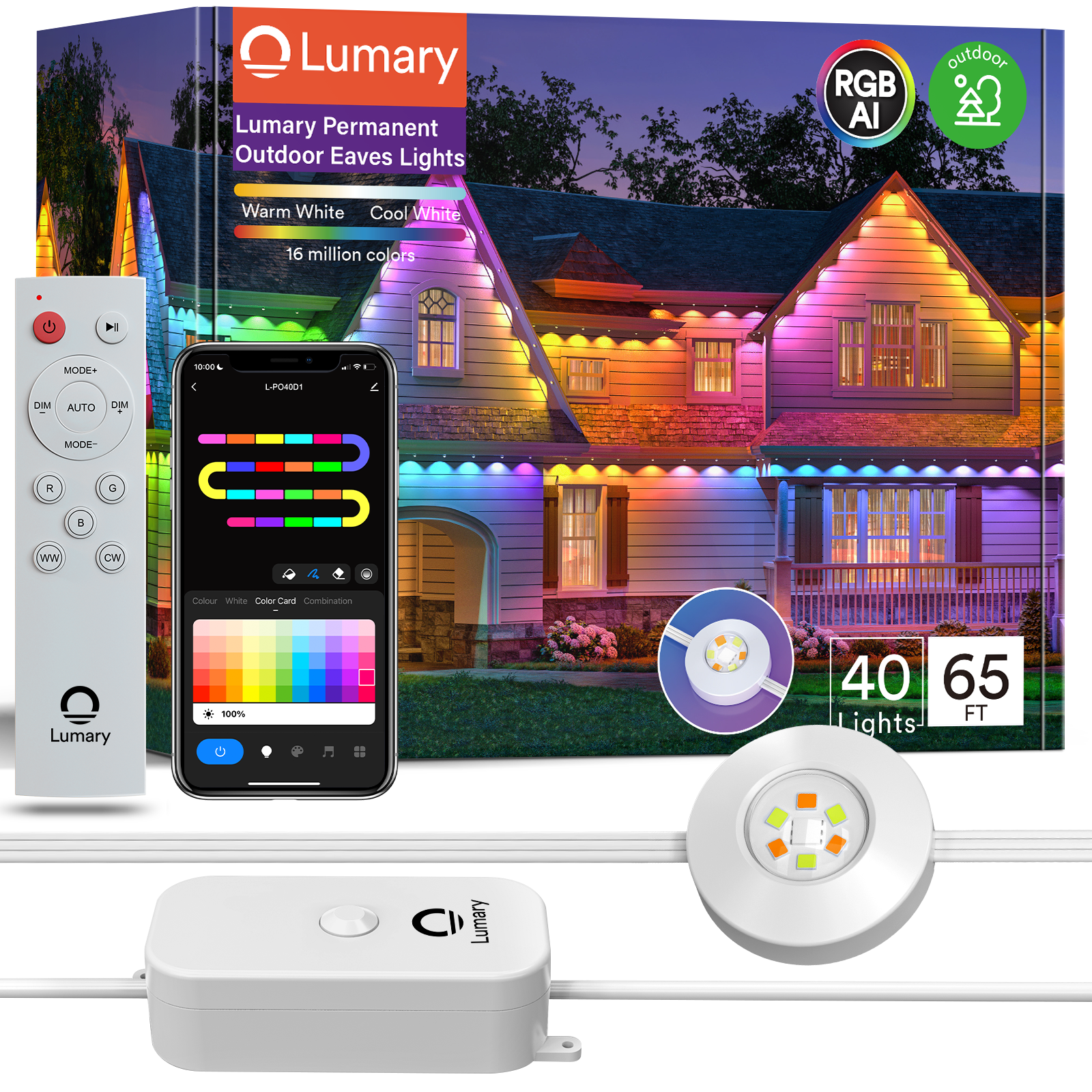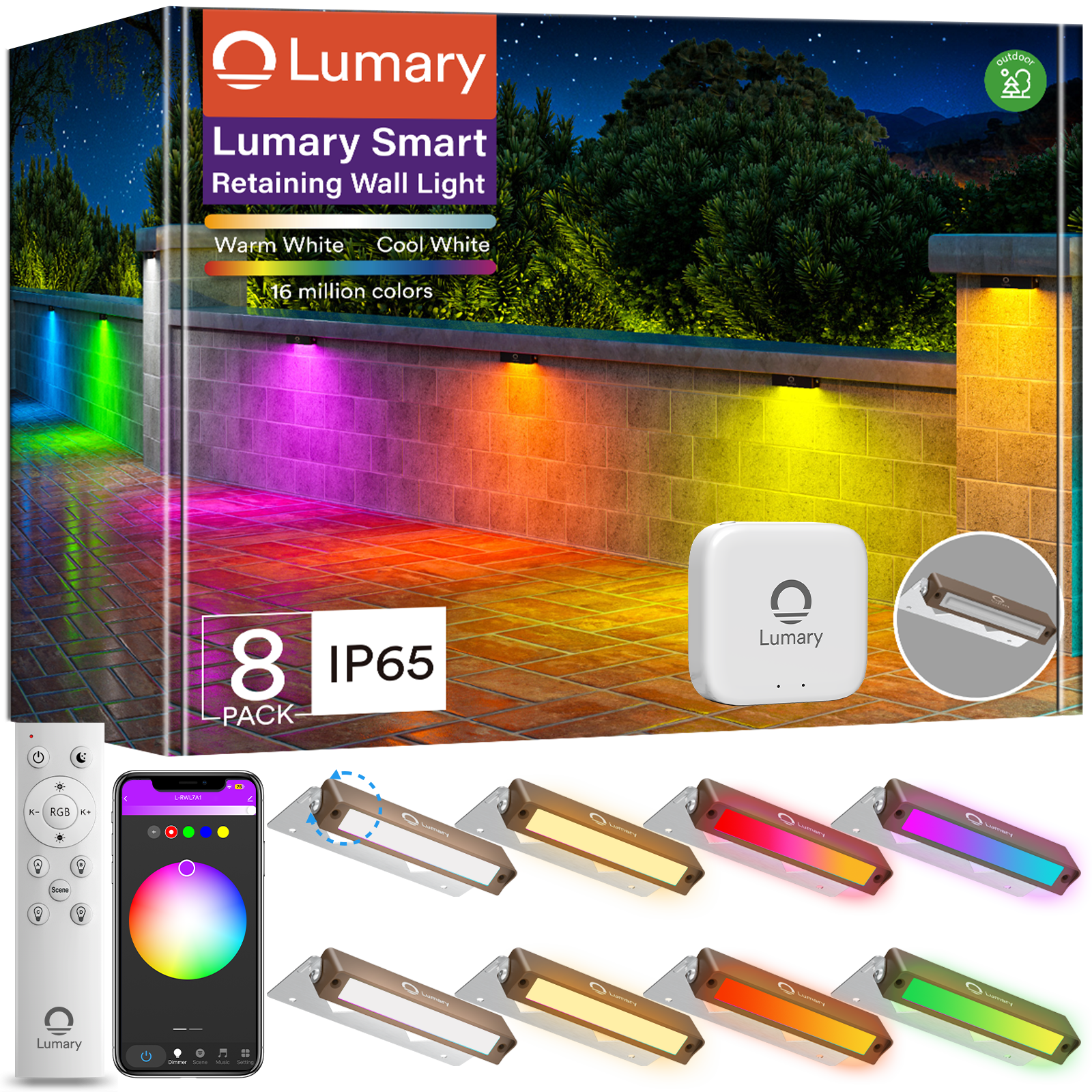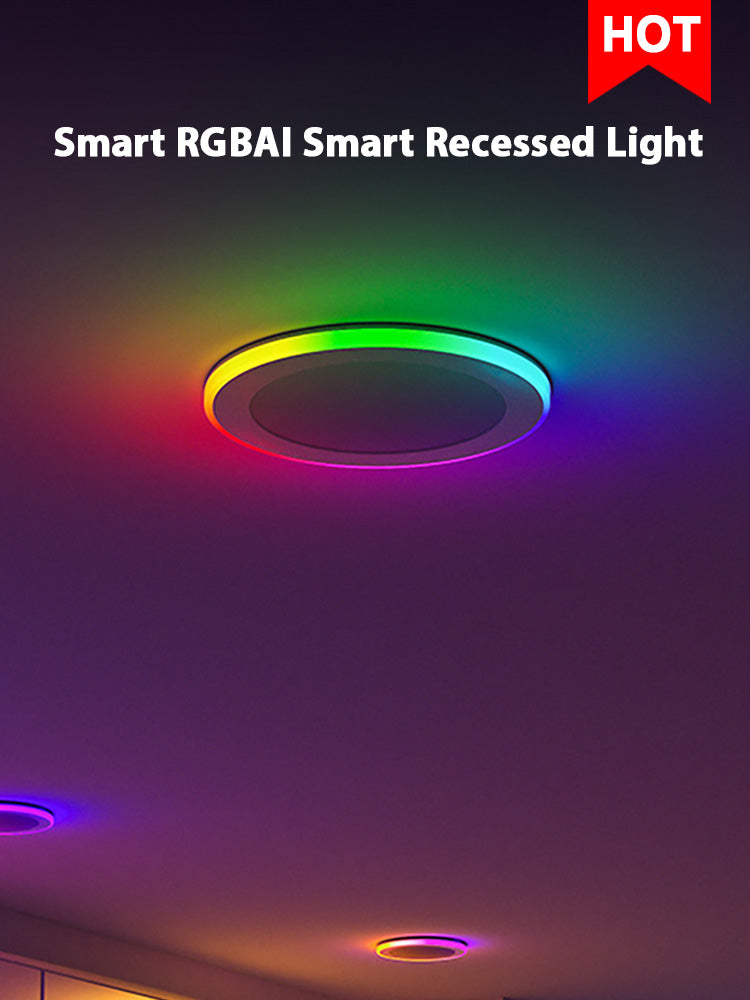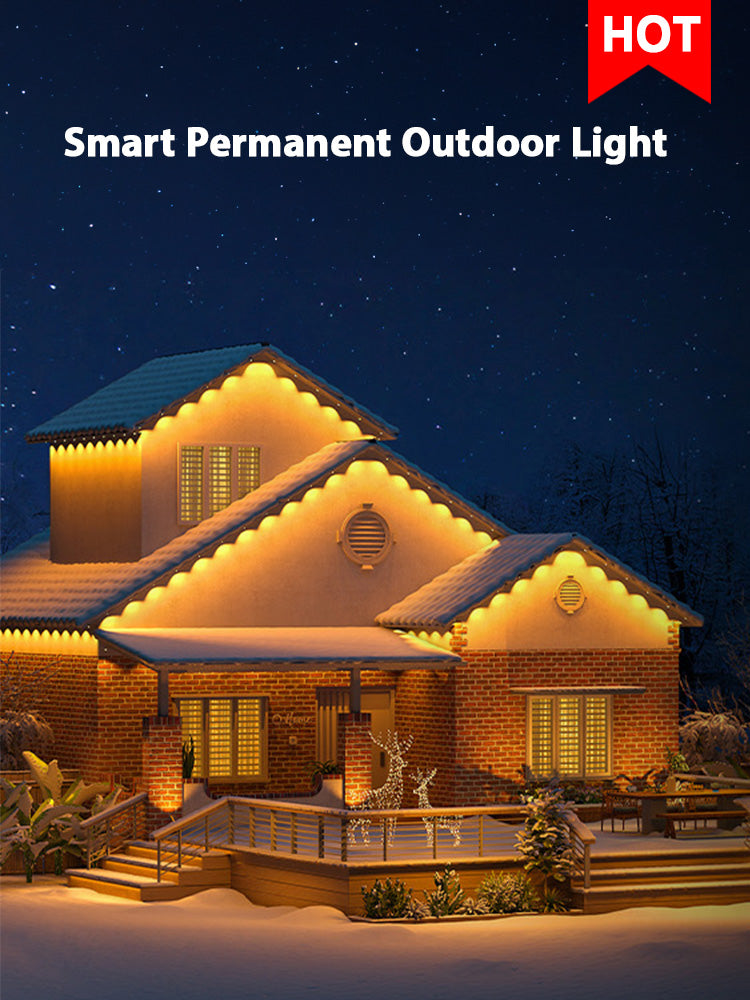Choosing home lighting can seem confusing at first. Disc lights and recessed lights are common choices but work differently. Disc lights are flat and fit close to the ceiling. They give a smooth and modern look. Recessed lights go inside the ceiling and look more classic. Pick based on your taste, money, and home style. Both types improve your space, but knowing their differences helps you choose better.

Disc Lights: Features and Benefits
What Are Disc Lights?
Disc lights are flat, round lights that sit near the ceiling. Unlike older lights, they don’t need holes cut into the ceiling. You can attach them directly to the surface, which makes them easy to install. Their smooth design fits well with modern homes, giving a simple and clean look.
Key Features of Disc Lights
Disc lights have many useful features that make them popular. Here’s a quick list:
|
Feature |
Description |
|---|---|
|
Installation |
Easy to mount on surfaces without cutting the ceiling. |
|
Energy Efficiency |
Uses less power than older lights, saving energy and money. |
|
Longevity |
Lasts over 25,000 hours, so you replace them less often. |
|
Heat Production |
Stays cool, making rooms safer and more comfortable. |
|
Dimmability |
Lets you adjust brightness to match your mood or needs. |
|
Smart Home Compatibility |
Works with apps or voice commands for easy control. |
|
Versatility |
Can be used in homes, offices, or even outside spaces. |
These features show why disc lights are a smart choice for today’s homes.
Benefits of Disc Lights
Disc lights have many perks that make them both useful and stylish. They save energy, which lowers your electricity bill and helps the planet. With a lifespan of over 25,000 hours, you won’t need to replace them often, saving time and money. They also stay cool, keeping your home safer and more comfortable.
You can dim these lights to set the right mood for any moment. Use bright light for work or soft light for relaxing. Some models even connect to smart home systems, so you can control them with your phone or voice. This makes life easier and adds a modern feel to your space.
Disc lights look great in many places, like living rooms or patios. Their sleek style matches modern designs, making them a great addition to any room.

Recessed Lights: Features and Benefits
What Are Recessed Lights?
Recessed lights, also called can lights, are built into ceilings. They sit level with the ceiling, giving a smooth and neat look. These lights are great for focused or soft lighting. They don’t take up extra space, so they look simple. You’ll often find them in kitchens, living rooms, or offices. They’re perfect for places with a clean, modern design.
Key Features of Recessed Lights
Recessed lights have features that make them safe and efficient.
|
Certification/Standard |
What It Means |
|---|---|
|
UL Certification |
Proves the light is safe and works well. |
|
Energy Star |
Shows it saves energy and lasts a long time. |
|
ASTM E119 |
Tests how well the light resists fire. |
|
CAN ULC S101 |
Similar to ASTM E119, checks fire safety. |
|
DLC Standards |
Confirms the LED light is efficient and reliable. |
These certifications show recessed lights are safe, durable, and energy-saving.
Benefits of Recessed Lights
Recessed lights have many perks that make them a smart choice:
-
76% of buyers think good lighting is important, and these lights improve any room’s look.
-
LED recessed lights use 75% less energy, helping you save money and the planet.
-
They give bright light without making the ceiling look crowded, perfect for work areas.
Recessed lights mix style and function, fitting into many spaces. They save energy, last long, and keep your home looking modern and tidy.
Comparing Disc Lights and Recessed Lights
Design and Aesthetic Appeal
Picking lights for your home depends on how they look. Disc lights and recessed lights have different styles for different tastes.
-
Disc Lights: These lights look modern and sit close to the ceiling. They come in many shapes and finishes, fitting trendy designs.
-
Recessed Lights: Also called can lights, they hide inside the ceiling. Their simple style is great for spaces needing subtle lighting.
Tip: Choose disc lights for a bold, stylish look. Pick recessed lights for a clean and simple design.
Functionality and Light Distribution
How lights work affects how they brighten your space. Disc lights and recessed lights spread light differently.
-
Disc Lights: These lights spread light evenly across a room. They are great for living rooms or bedrooms where soft light is needed.
-
Recessed Lights: These lights focus light on specific areas, like kitchen counters or desks. They don’t spread light as evenly as disc lights.
Note: Think about the room’s purpose. Use disc lights for general lighting and recessed lights for focused tasks.
Energy Efficiency
Saving energy is important when picking lights. Both disc and recessed lights save energy, but they work differently.
-
Disc lights use LED bulbs, which save a lot of electricity. They give bright light while using less power.
-
Recessed lights also use LEDs but may use more energy due to adjustable features.
Did You Know? Disc lights are better for rooms needing even light. Recessed lights work best for focused lighting tasks.
Installation Process
Putting up disc lights and recessed downlights uses different methods. Knowing these steps helps you pick the best option for your home.
Disc Lights Installation
Disc lights are simple to install, making them great for quick changes. You can attach them straight to the ceiling without cutting holes. This saves time and avoids messy drywall work.
Steps to install disc lights:
-
Fix the light to the ceiling using screws or clips.
-
Hook up the wires to the power source as the instructions say.
-
Press the light flat against the ceiling for a neat look.
-
Turn on the main power to check the light.
Disc lights are easy to set up, perfect for DIY projects.
Recessed Lights Installation
Recessed downlights, like can lights or canless recessed lighting, need more steps. These lights go inside the ceiling, giving a smooth and built-in look.
Steps to install recessed lights:
-
Cut a hole in the ceiling to fit the light.
-
Push the LED pins into the drywall carefully. Place one pin first, then the second pin.
-
Line up several lights evenly for balanced lighting.
-
Adjust trims to aim the light well. For sloped ceilings, fix trims to reduce glare.
-
Attach the trim to the housing for finished ceilings.
-
Turn on the main power after setting up the lights.
Recessed lights take more work but look polished and professional.
Tip: Choose disc lights for easy setup. Pick recessed downlights for a sleek design worth the effort.
Cost Considerations
The price of lighting depends on type, setup, and energy savings. Comparing disc lights and recessed downlights helps you decide wisely.
Disc Lights Costs
Disc lights are affordable. Their simple design and easy setup lower labor costs. You can install them yourself, saving money on hiring help.
Extra cost benefits:
-
Disc lights use energy-saving LED bulbs, cutting electricity bills.
-
They last long, so you spend less on replacements.
Disc lights are cheap but still high-quality.
Recessed Lights Costs
Recessed downlights, like can lights or canless recessed lighting, cost more. Installing them means cutting the ceiling, which might need professional help.
Things that affect recessed lighting costs:
-
Can lights need housings, raising material costs.
-
Canless recessed lighting skips housings but needs careful setup.
-
Adjustable trims for sloped ceilings add to the price.
Though they cost more upfront, recessed lights save money later with energy efficiency. LED recessed downlights use less power, lowering bills over time.
Note: Think about the pros and cons of can recessed lighting and canless recessed lighting. Disc lights are cheaper at first, but recessed lights save more energy in the long run.
Choosing the Right Lighting for Modern Homes
Suitability for Different Home Styles
Picking the best lighting depends on your home's look and feel. Both disc lights and recessed downlights have special benefits for modern spaces.
-
Simple and Clean Look: Recessed downlights, like can and canless types, fit into ceilings. This gives a neat, hidden style that matches modern homes.
-
Improving Room Atmosphere: Recessed downlights shine light on specific spots, great for art or unique features.
-
Saving Ceiling Space: Flush lights are great for low ceilings, keeping the area open and stylish.
-
Flexible Use: Both disc lights and recessed downlights work in many rooms, like kitchens or living rooms, for a unified look.
Tip: For a modern style, pick recessed downlights. They save space and add a sleek touch.
Factors to Consider
When choosing lights, think about key points to find the best match.
-
Room Size and Ceiling Height: Big rooms or high ceilings need more lights or brighter ones to avoid shadows.
-
Lighting Purpose: Decide what the room needs. Use recessed downlights for tasks or disc lights for soft, even light.
-
Layered Lighting: Mix different lights, like disc lights and recessed downlights, for a balanced and useful setup.
-
Energy Savings: Pick energy-saving options like LED disc lights or canless recessed lighting to cut costs and help the planet.
-
Smart Features: Choose lights that work with smart systems for easy control.
|
Aspect |
Suggestion |
|---|---|
|
Fixture Size |
Small fixtures for subtle light, big ones for bold looks. |
|
Beam Angle |
Narrow beams for accents, wide beams for general light. |
|
Color Temperature |
Warm tones (2700K–3000K) for cozy rooms, cool tones (4000K–5000K) for work. |
|
Dimming Capability |
Use dimmable lights to change brightness for different activities. |
Note: Focus on energy-saving and smart features to keep your lighting modern and efficient.
Deciding between disc lights and recessed lights depends on your needs. Disc lights are modern, simple to install, and save more energy. Recessed lights have a hidden look but take more work to set up.
|
Feature |
Disc Lights |
Recessed Lights |
|---|---|---|
|
Installation |
Easy, no need to cut the ceiling |
Needs ceiling holes and more effort |
|
Cost |
Cheaper overall |
Costs more due to extra labor |
|
Energy Efficiency |
Saves more energy |
May lose energy through air gaps |
|
Aesthetic Consideration |
Stylish and modern |
Hidden but might not match every design |
|
Overheating Issues |
Stays cool |
Can overheat if not installed correctly |
Tip: Pick disc lights for a stylish, affordable choice. If you want a built-in look and can spend more, go with recessed lights.

